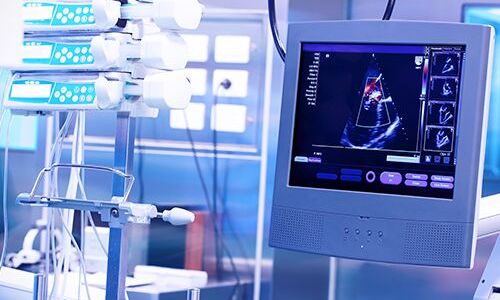Since their introduction, TPEs have been used in many important application areas due to their high degree of purity (low level of extractable compounds), their recycling ability and cost effectiveness. They are also used to replace latex and PVC materials. Latex, for instance, can cause allergic reactions in some individuals. TPEs for medical device applications offer many advantages, such as the low level of extractables, FDA compliance and steriliz ability (gamma, e-beam, EtO and autoclave). The products are latex and PVC-free and, in comparison to silicone, cost-effective, they offer excellent sealing and adhesion performance (overmold adhesion), and several UPS VI certified TPE classes are available. TPEs can be easily and uniformly colored and are recyclable. In the most recent development is a new TPE alloy series with excellent barrier properties. The alloys were especially developed for applications that require intact, impermeable wrapping in medical applications, such as IV-infusion bags, and for applications that require barrier to oxygen such as stoppers and septums. The key benefit of this technology is its impermeability to air and moisture. The oxygen permeation coefficients of the new TPE alloys range from 2,000 and 20,000 cc-mil/m2 per day at atmospheric pressure and 23o C. In comparison, the gas barrier of standard TPE qualities is typically within the range of 50,000 to 90,000 cc-mil/m2 per day at atmospheric pressure and 23°C. And the MVTR1 is within the range of 2.3 to 3.8 g/m2 per day at 38°C and 100% relative humidity. The use of this technology could provide a 2 x to 5 x increase in shelf-life over conventional materials. Special features of these TPE materials include their ease of processing in conventional injection molding, blow molding, and extrusion thermoplastic processing methods, as well as their extremely consistent quality. Due to their translucency, some new TPE grades offer extremely aesthetic packaging appeal and are easy to color. The technology ranges in hardness from Shore A 40 to The possibility to use TPEs in medical devices are endless: from high-performance TPEs for syringes, materials with high barrier resistance properties or gel-soft cushioning, to gaskets and seals, vial caps and soft touch cushions for glucose measuring devices. The soft TPEs feature very low levels of extractables, they are FDA compliant, easy to sterilize, latex and PVC-free, they offer excellent sealing performance, are cost effective, easy to recycle and feature excellent overmold adhesion to a wide range of plastics. Ultrasoft gel TPEs are also available Source:http://www.gainshine-tpe.com/news/TPE-used-in-medical-devices.html
